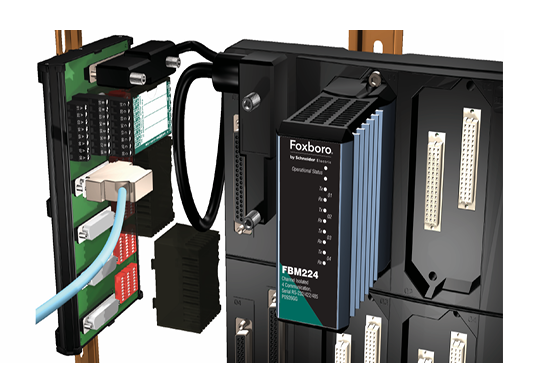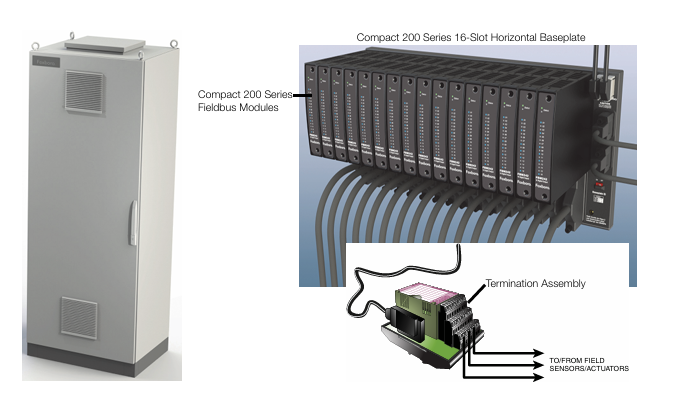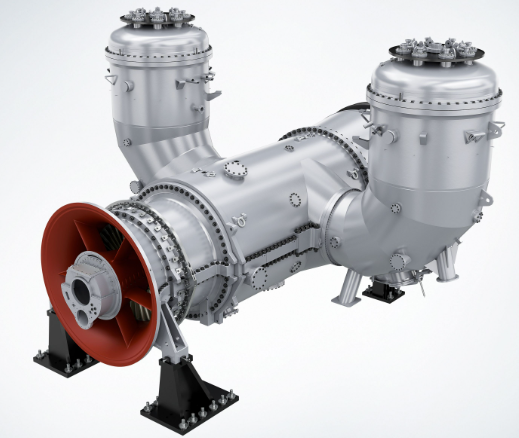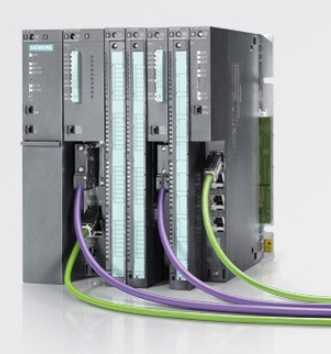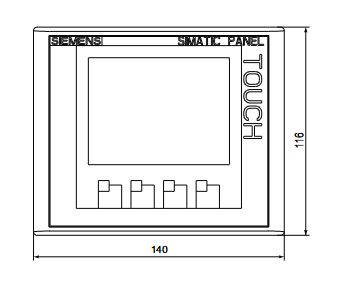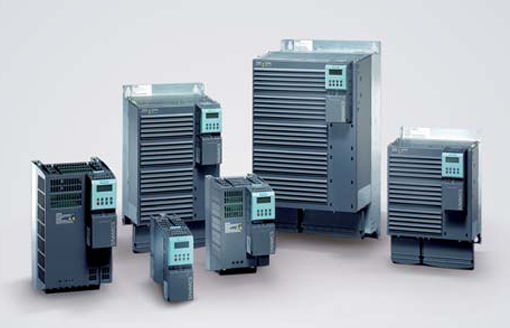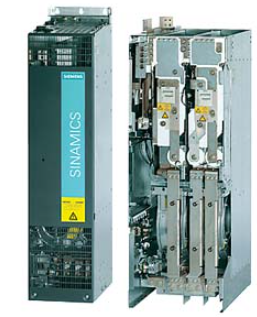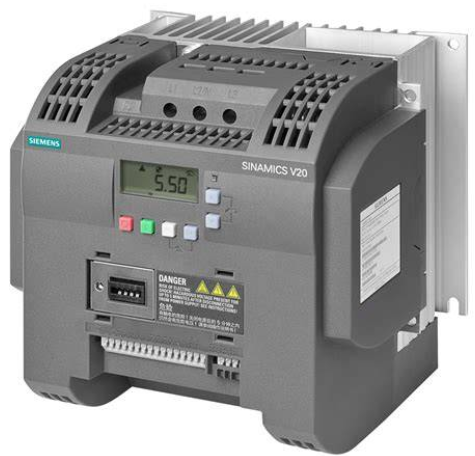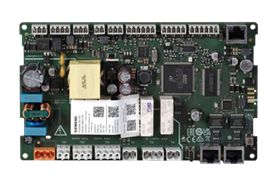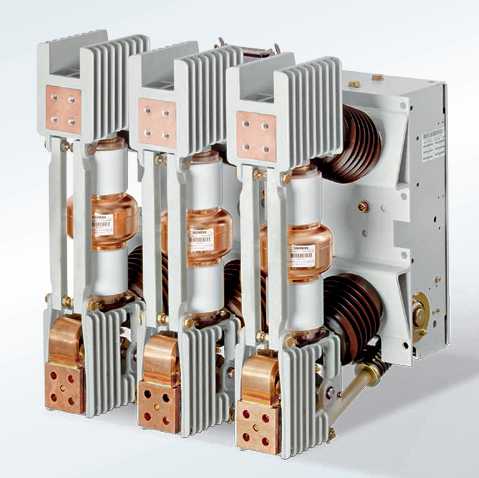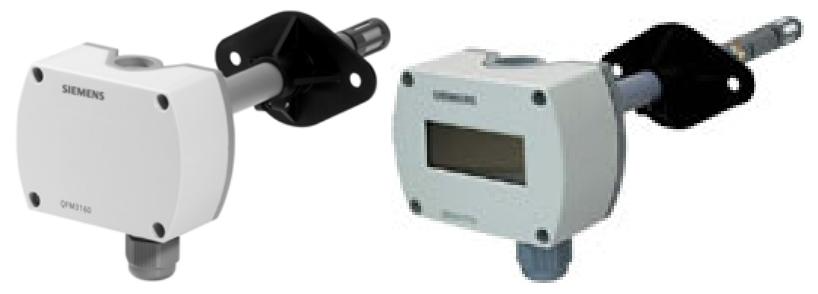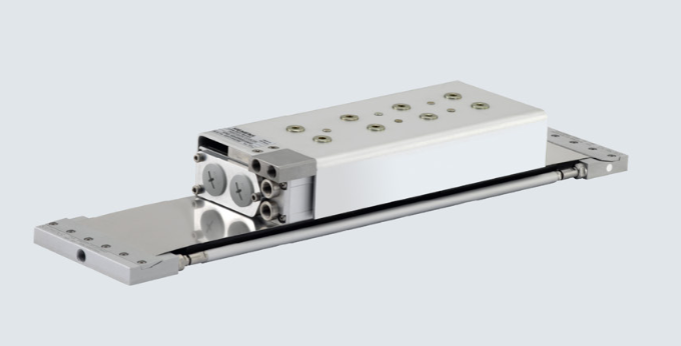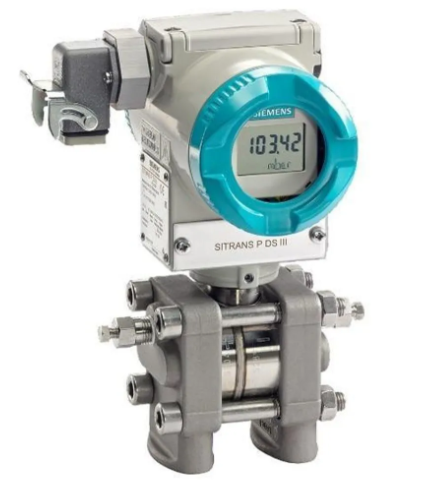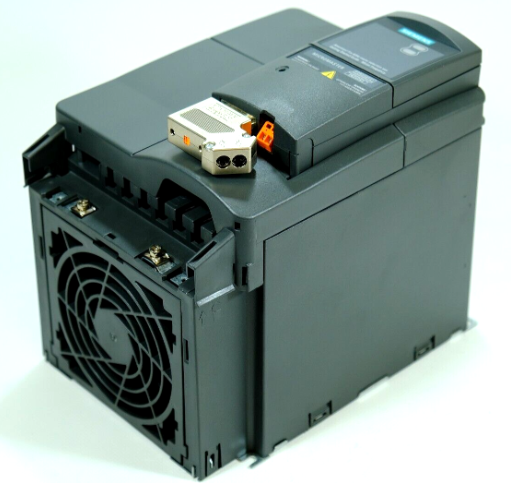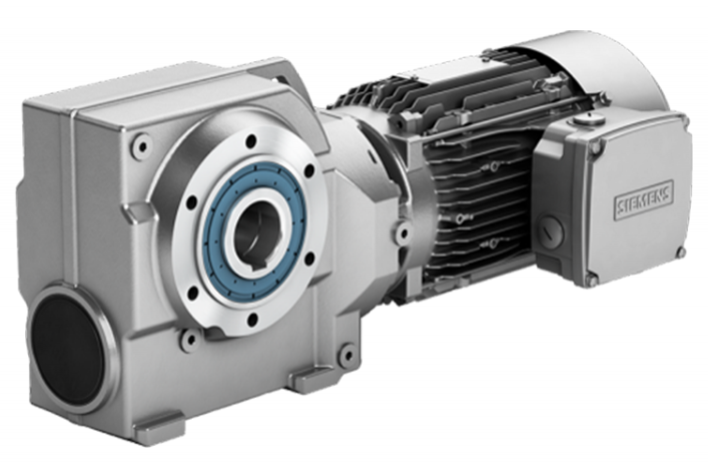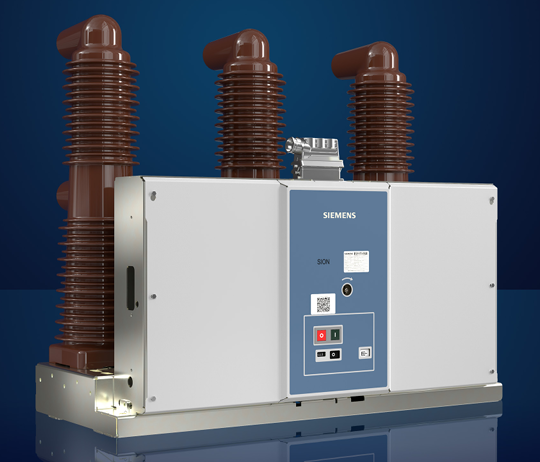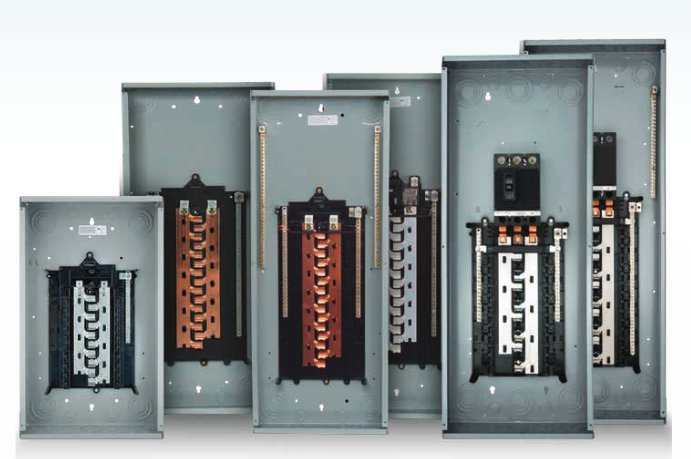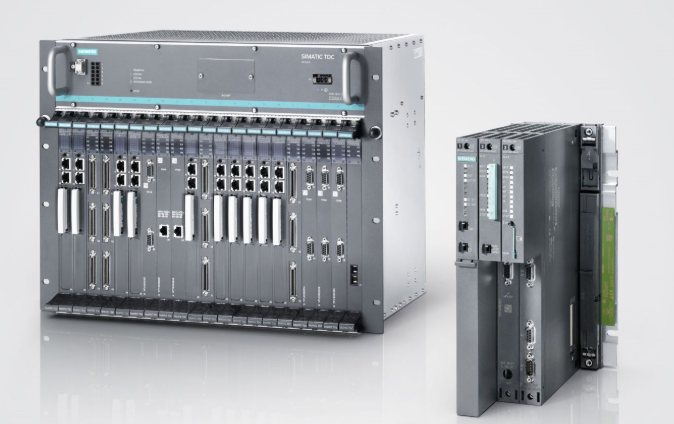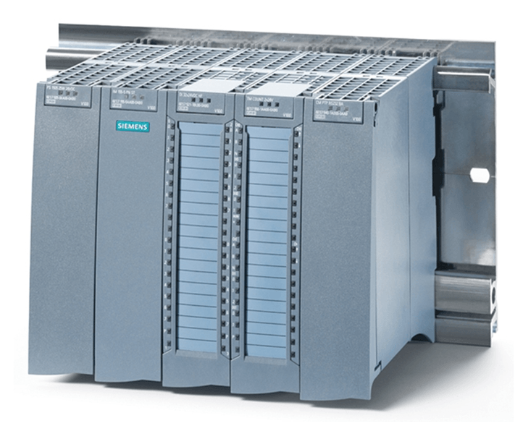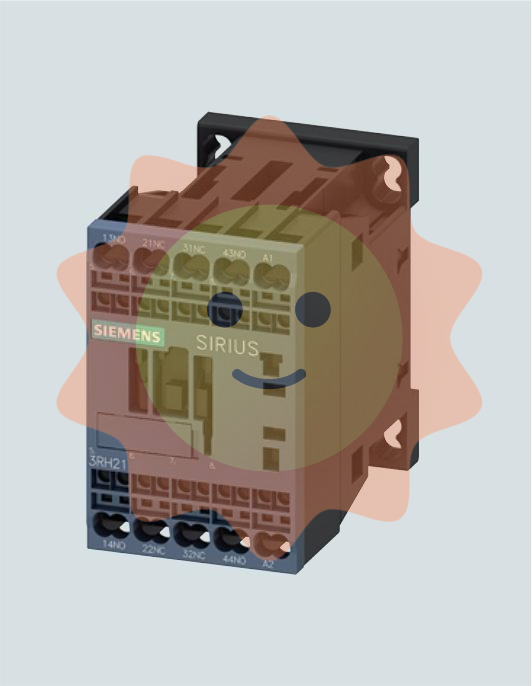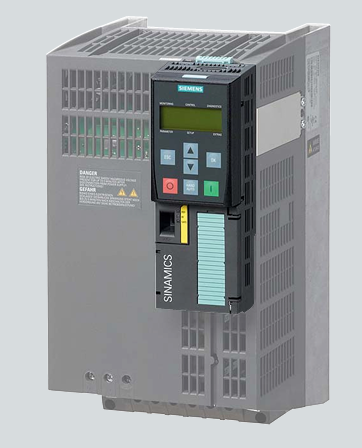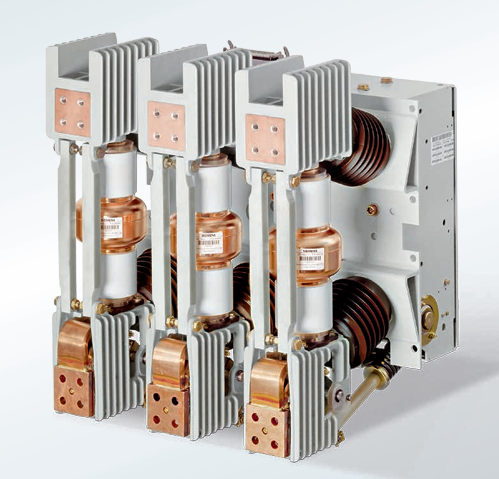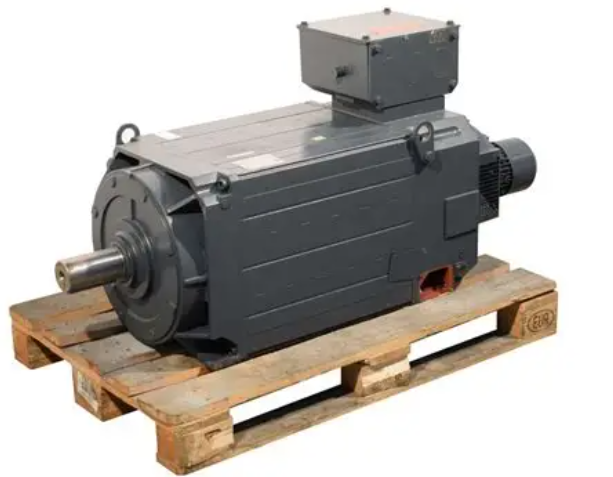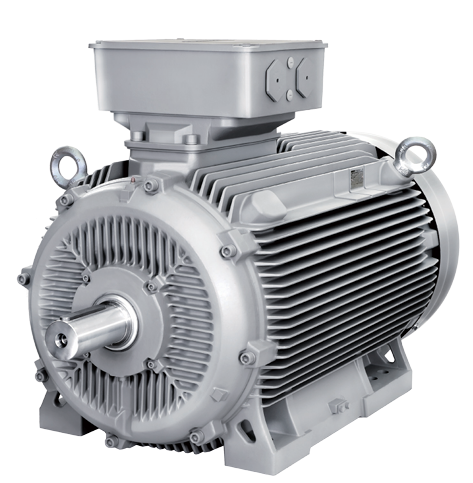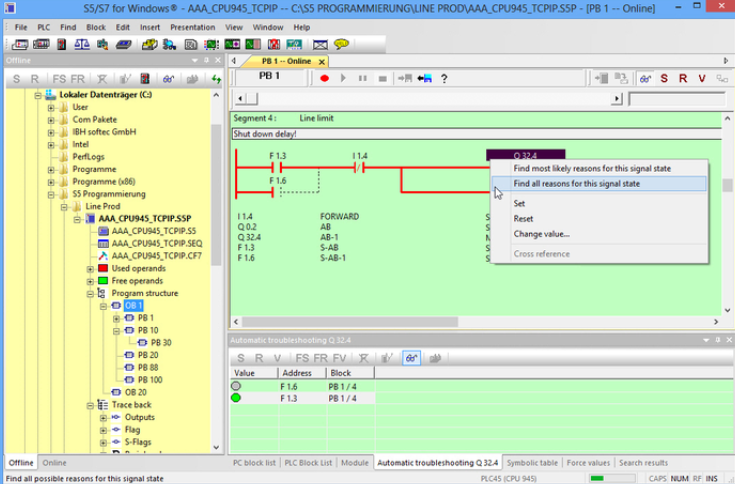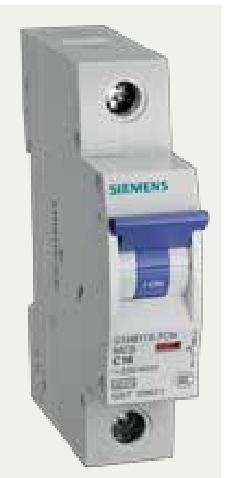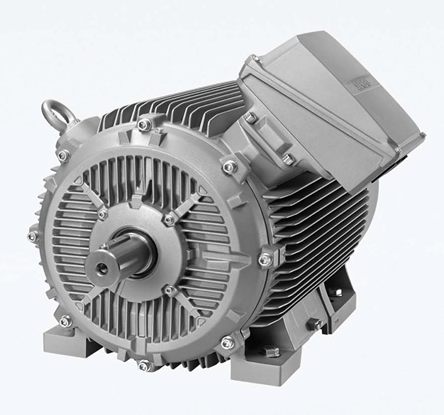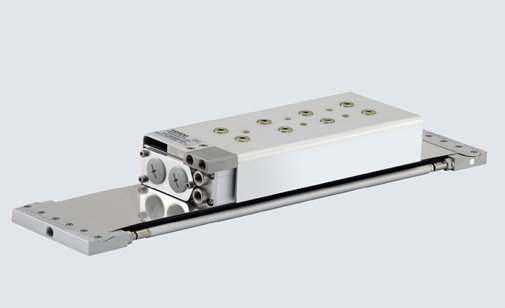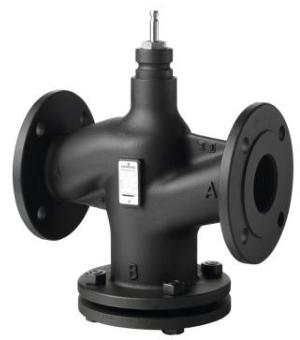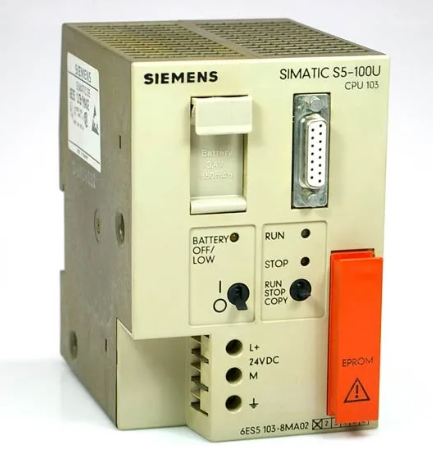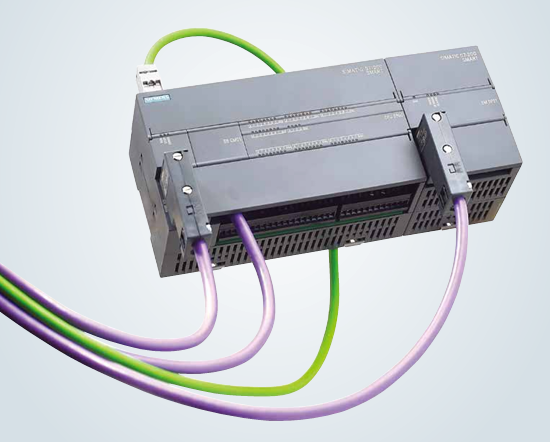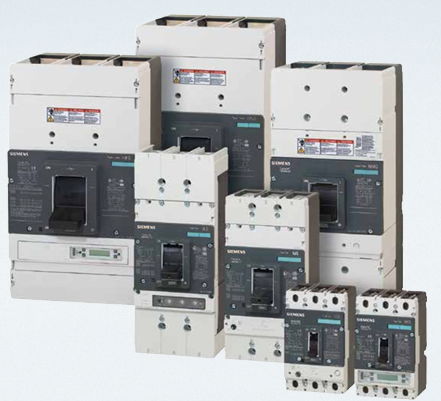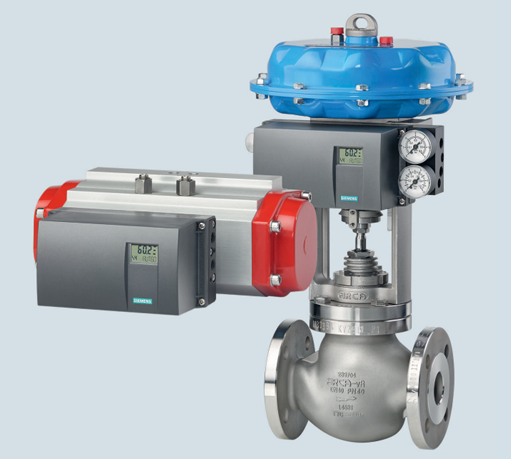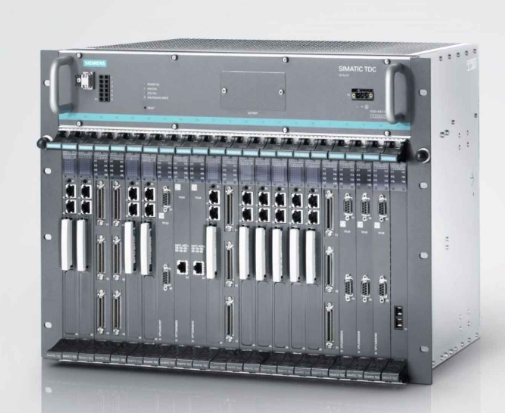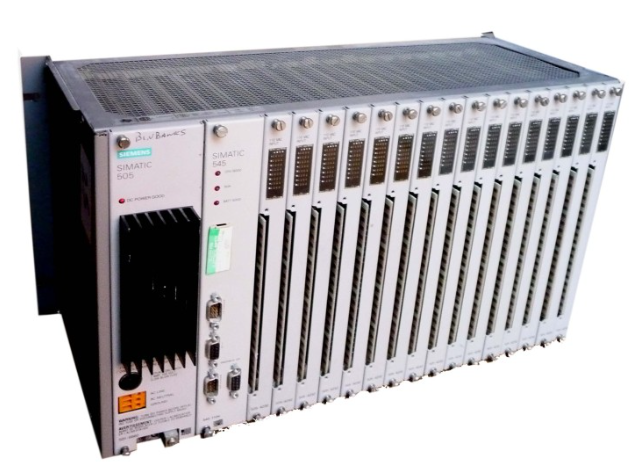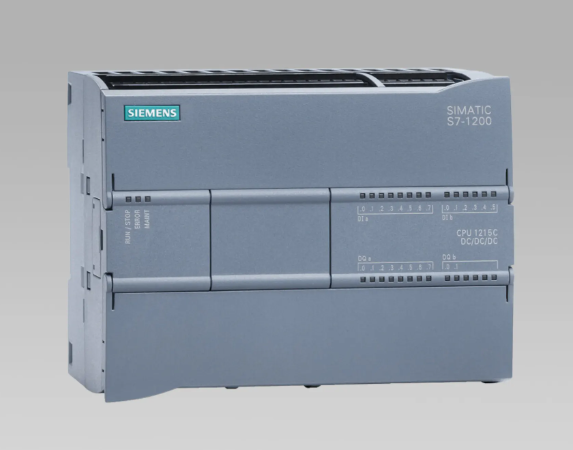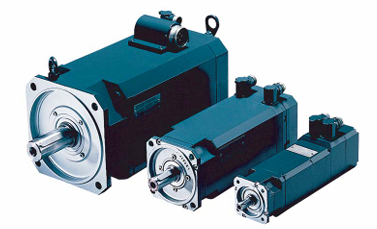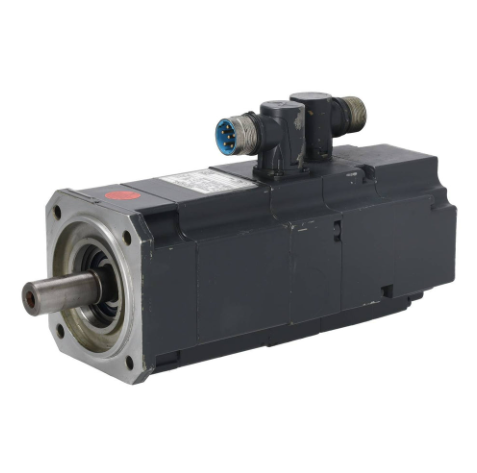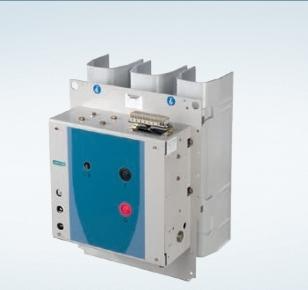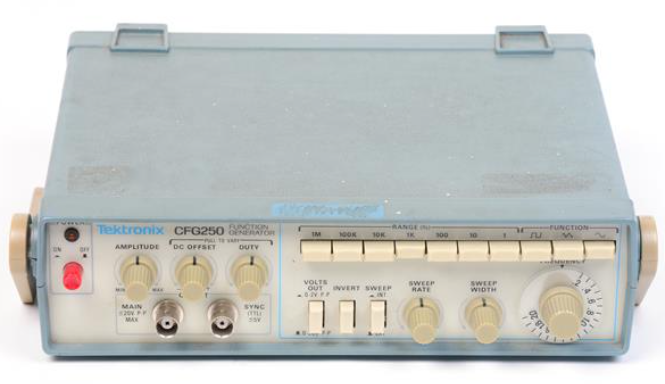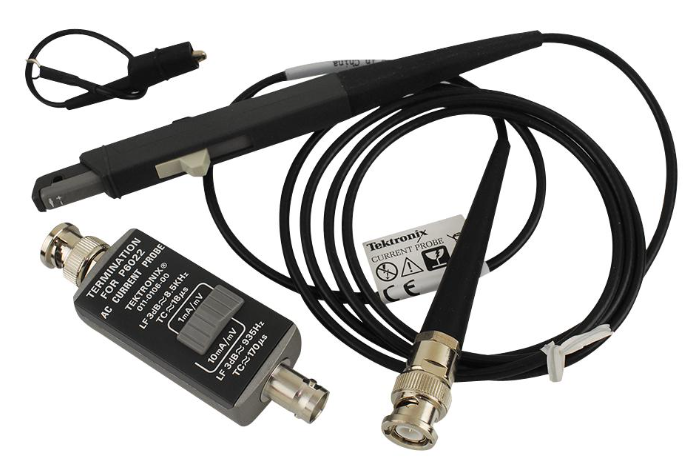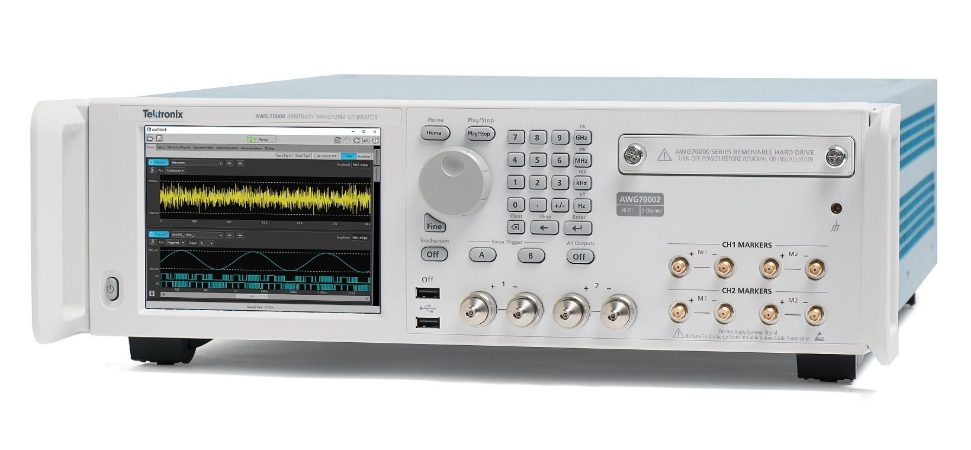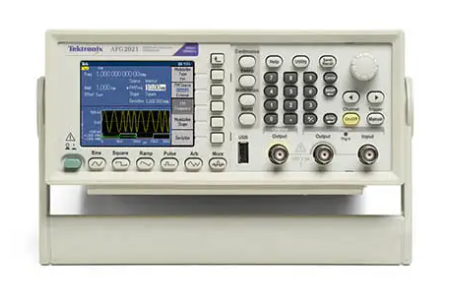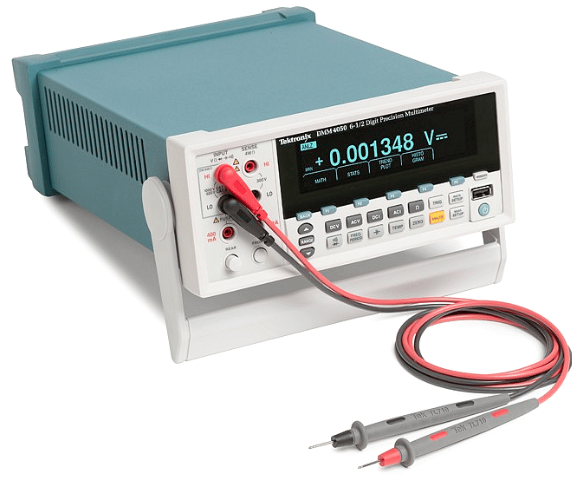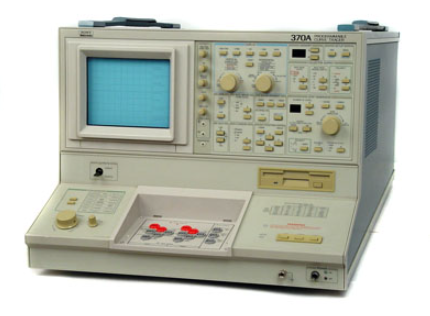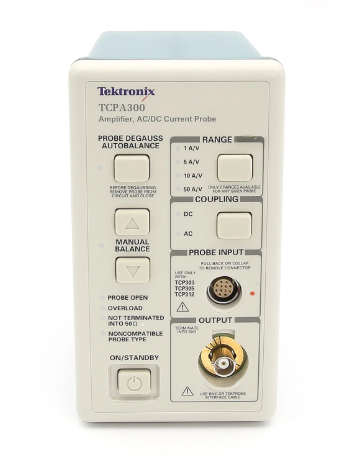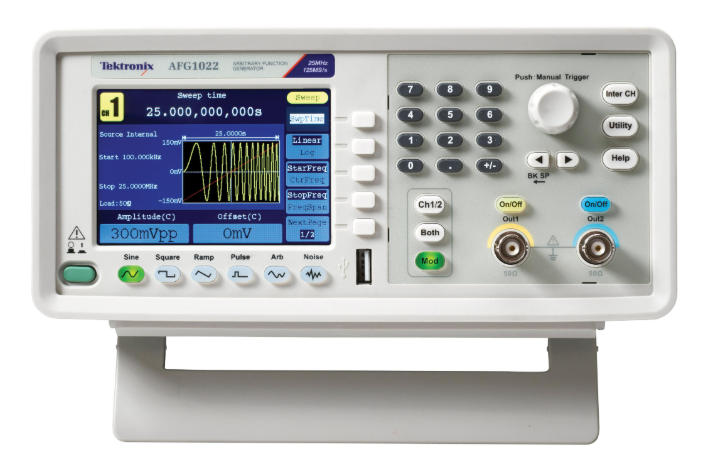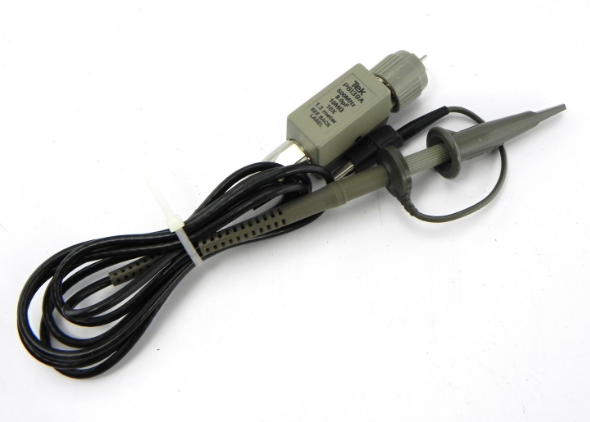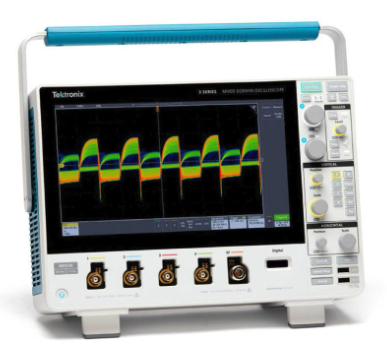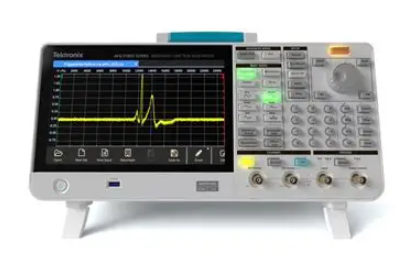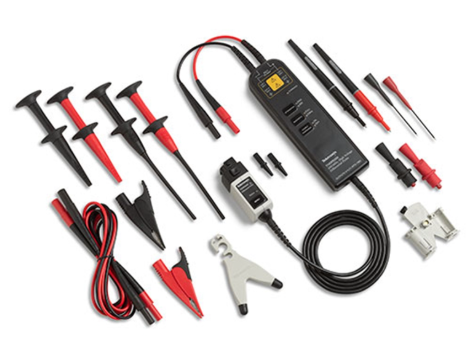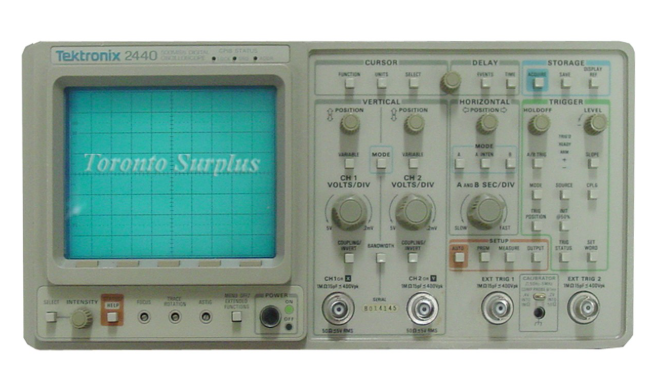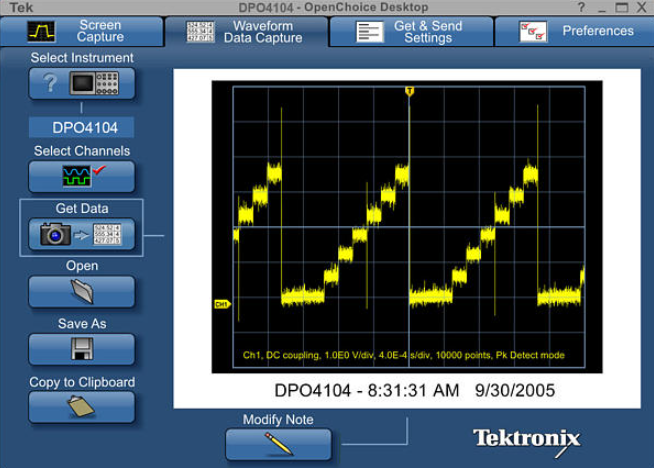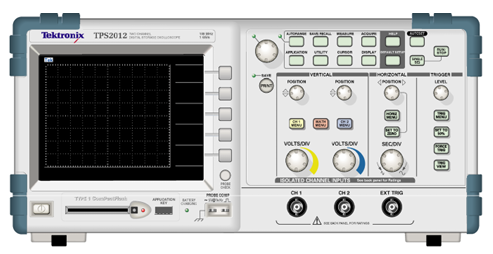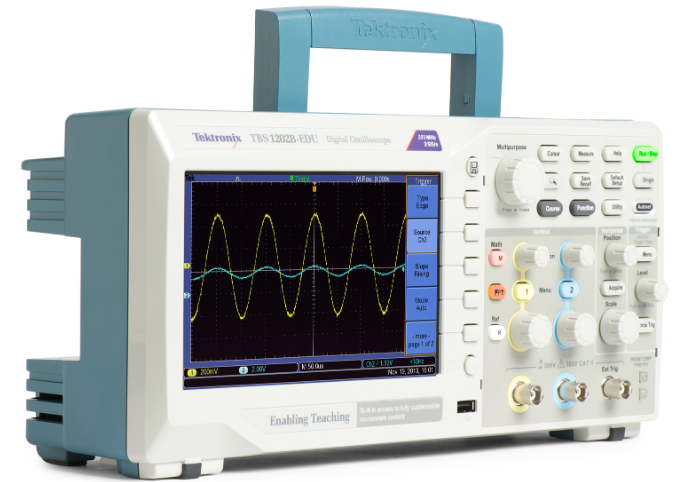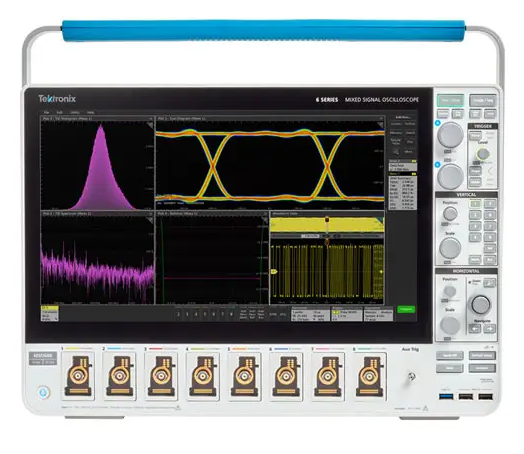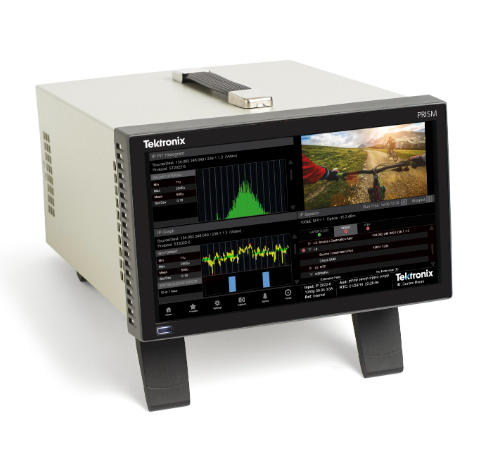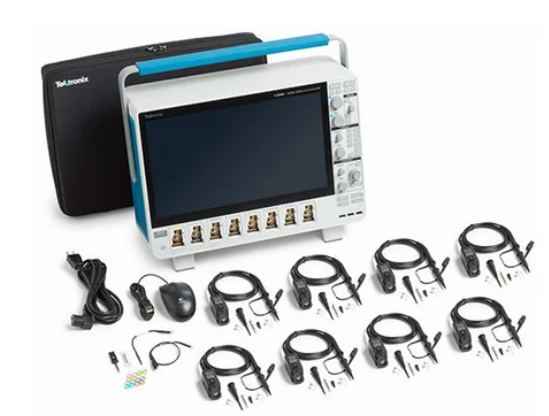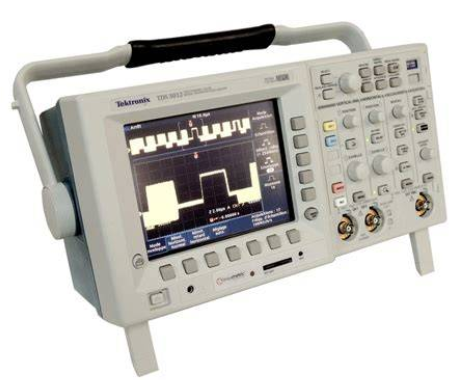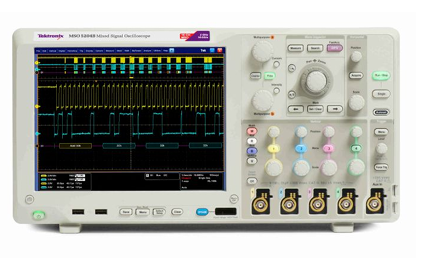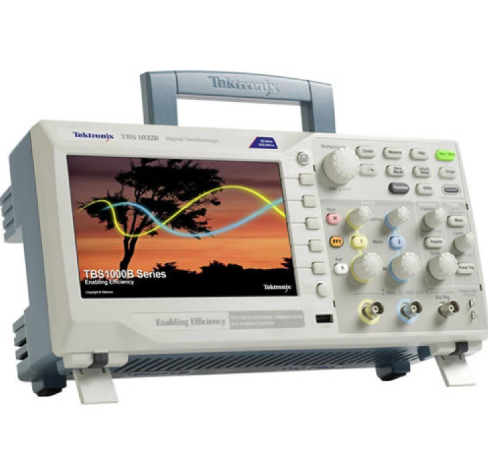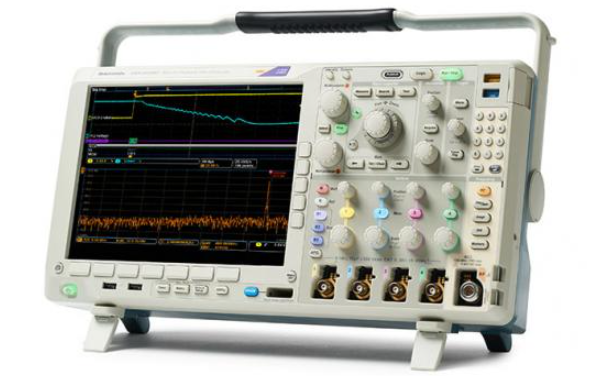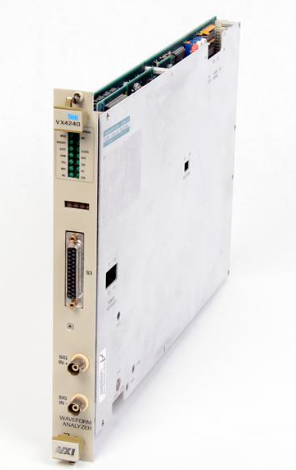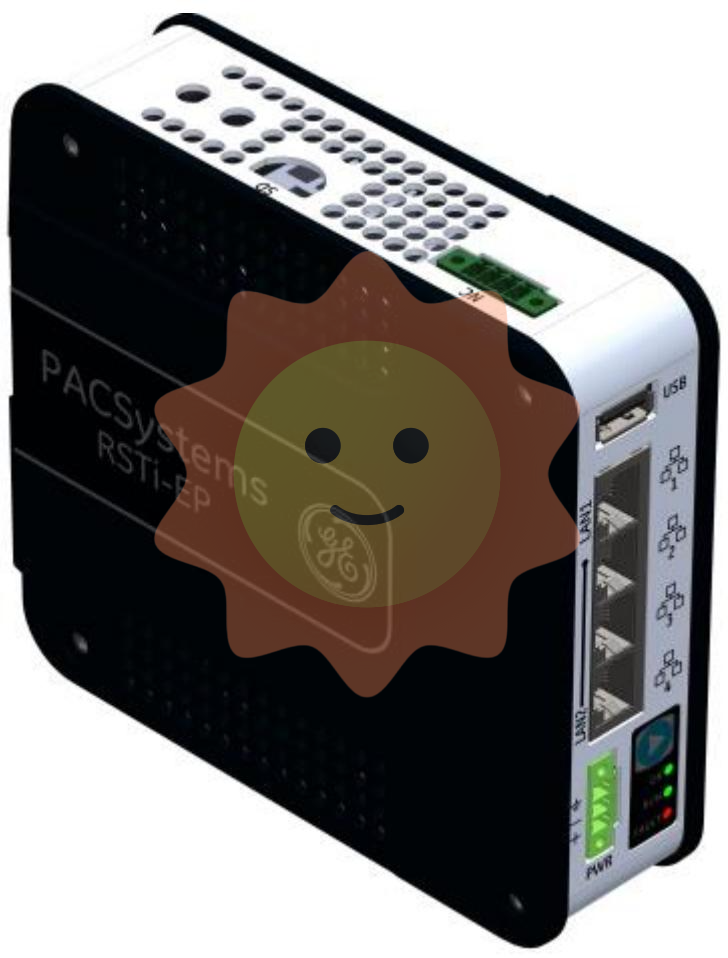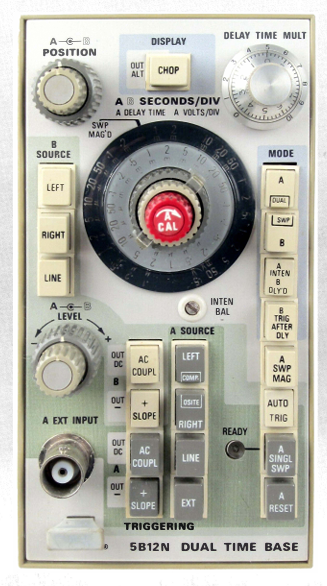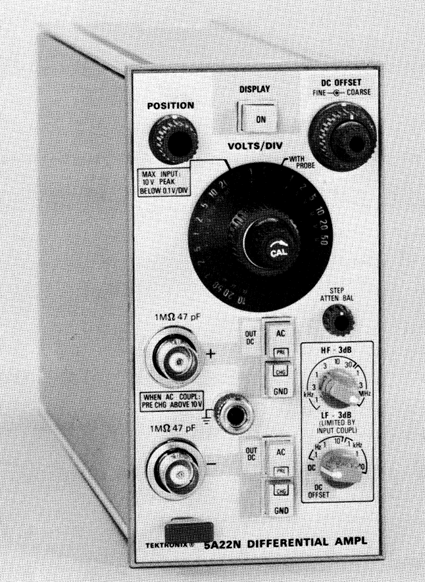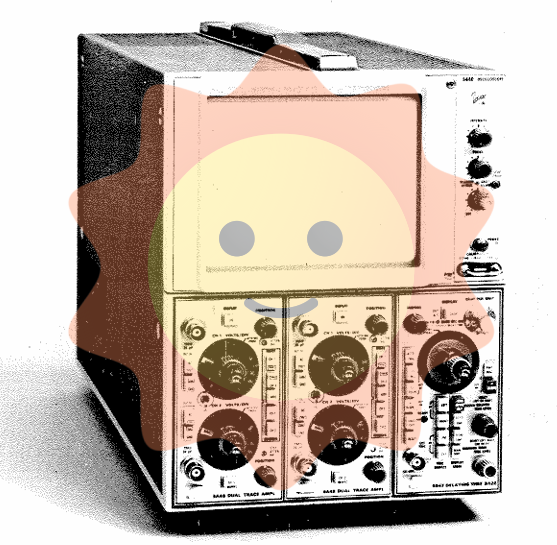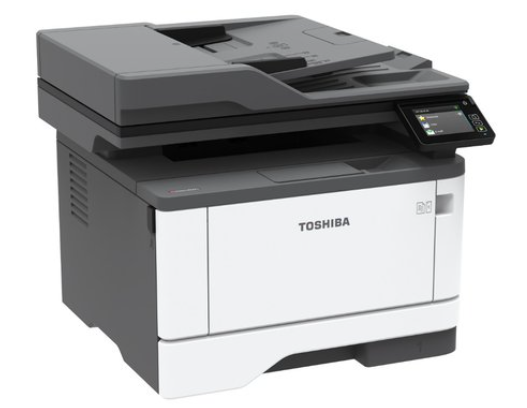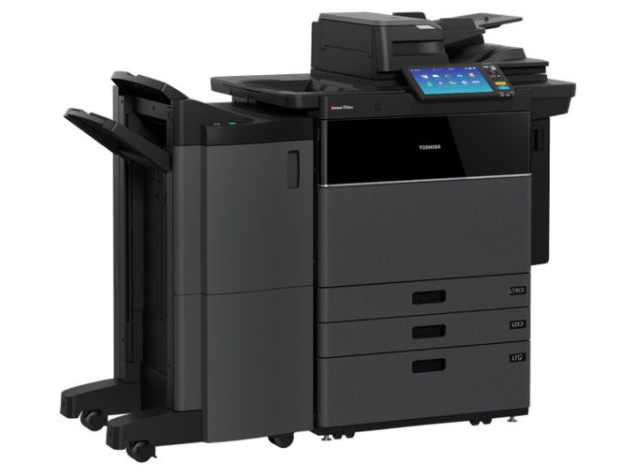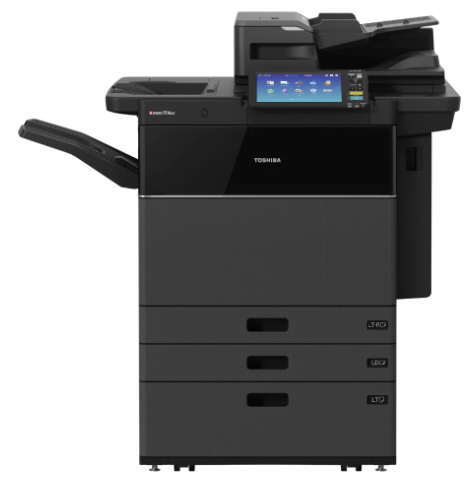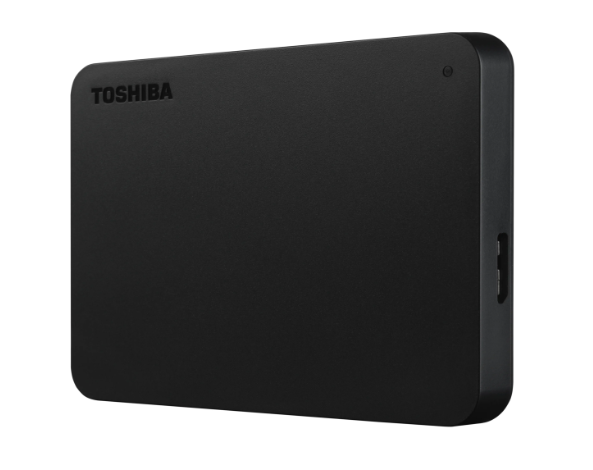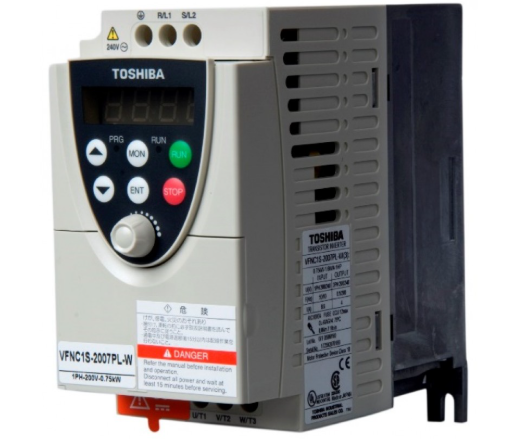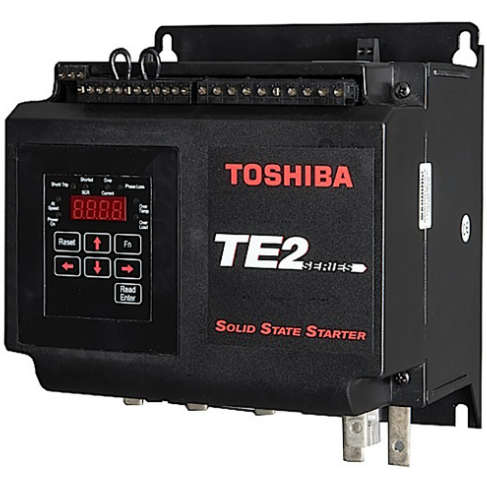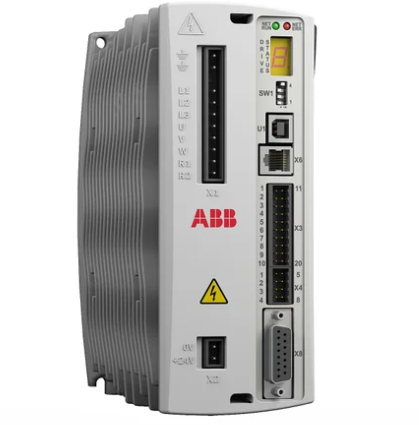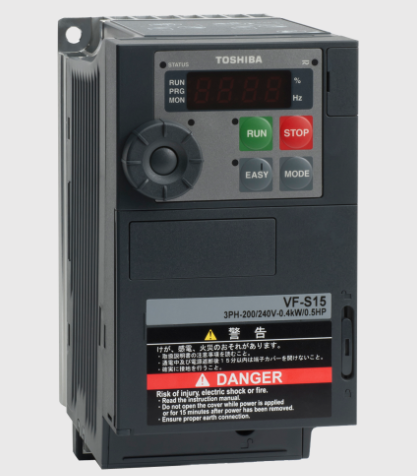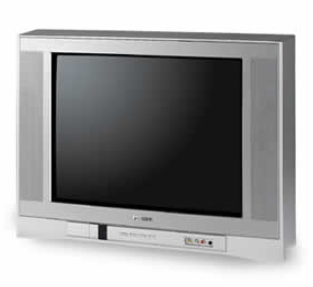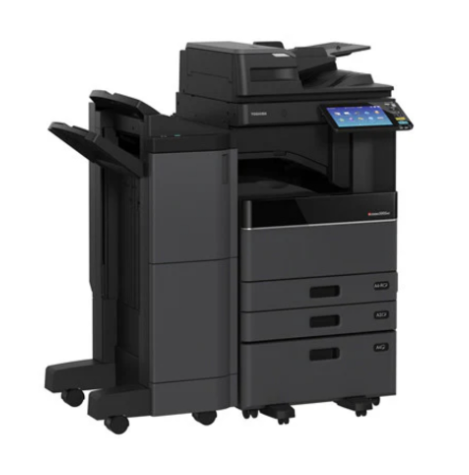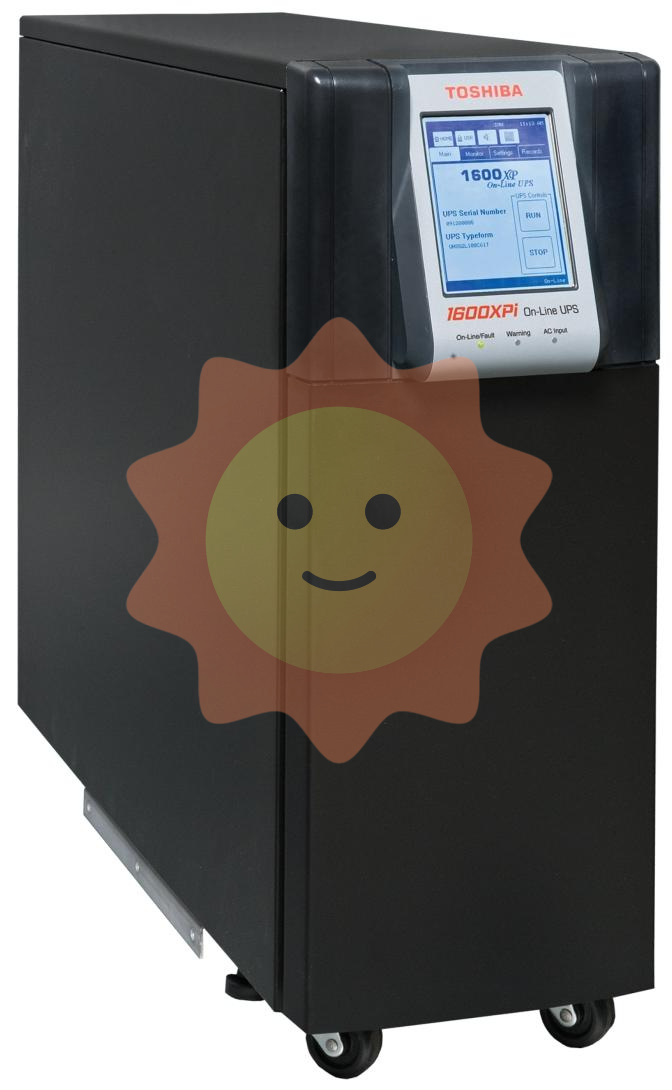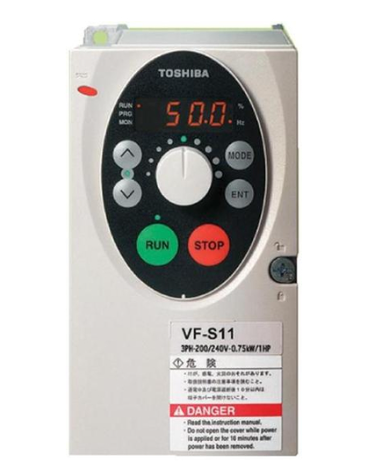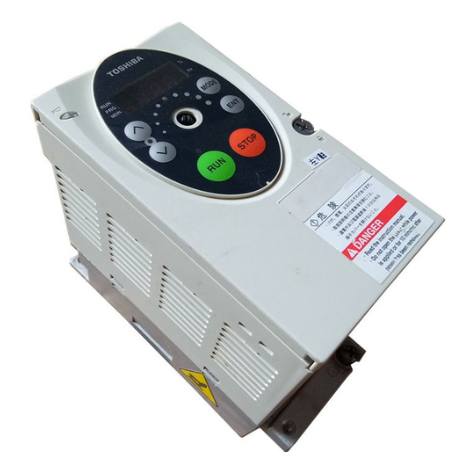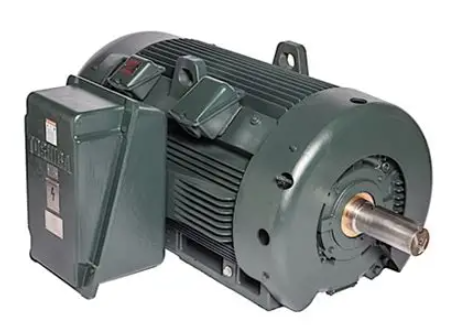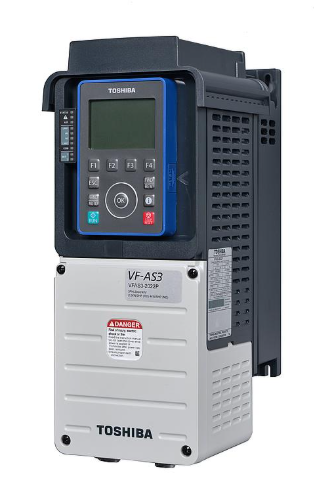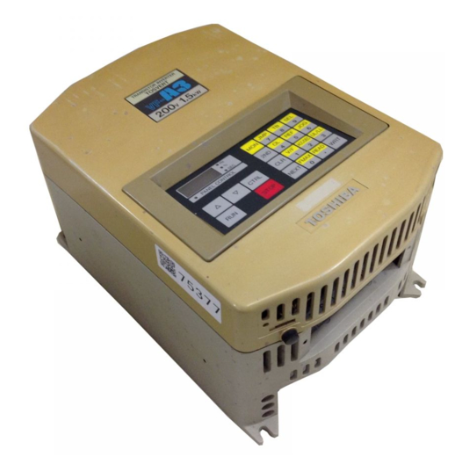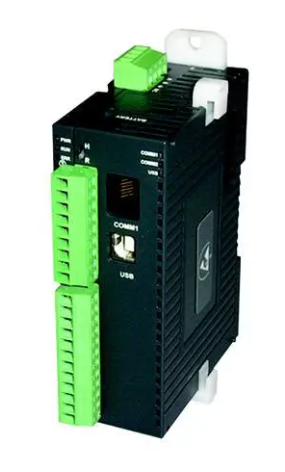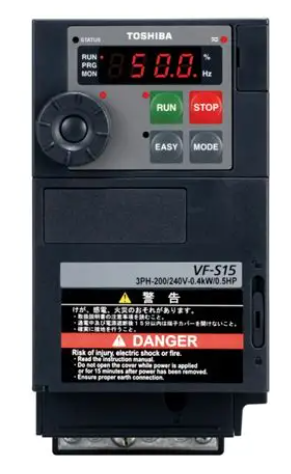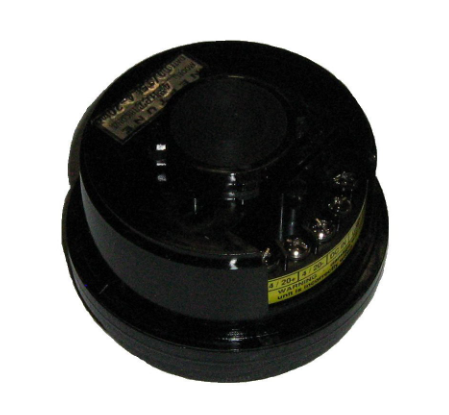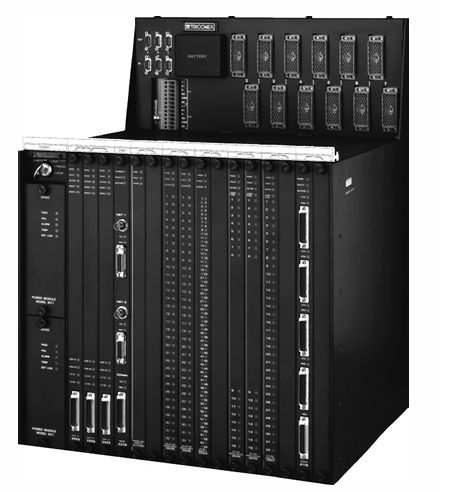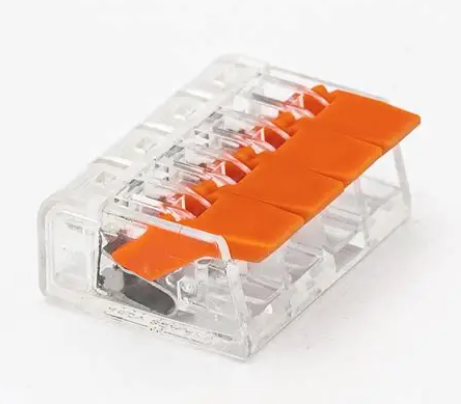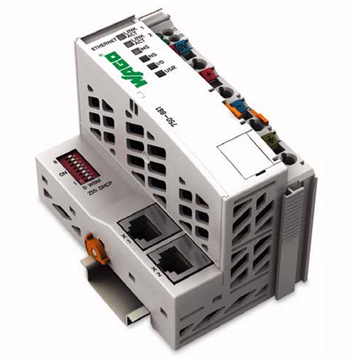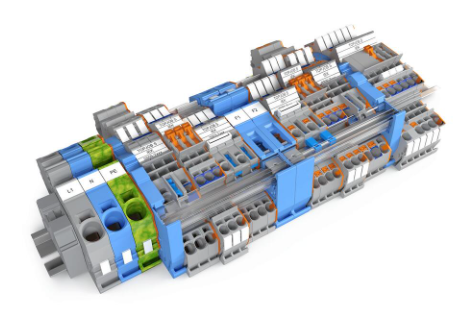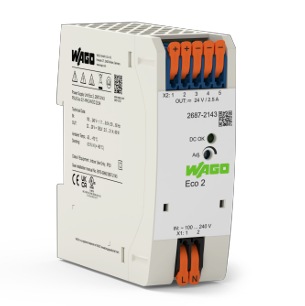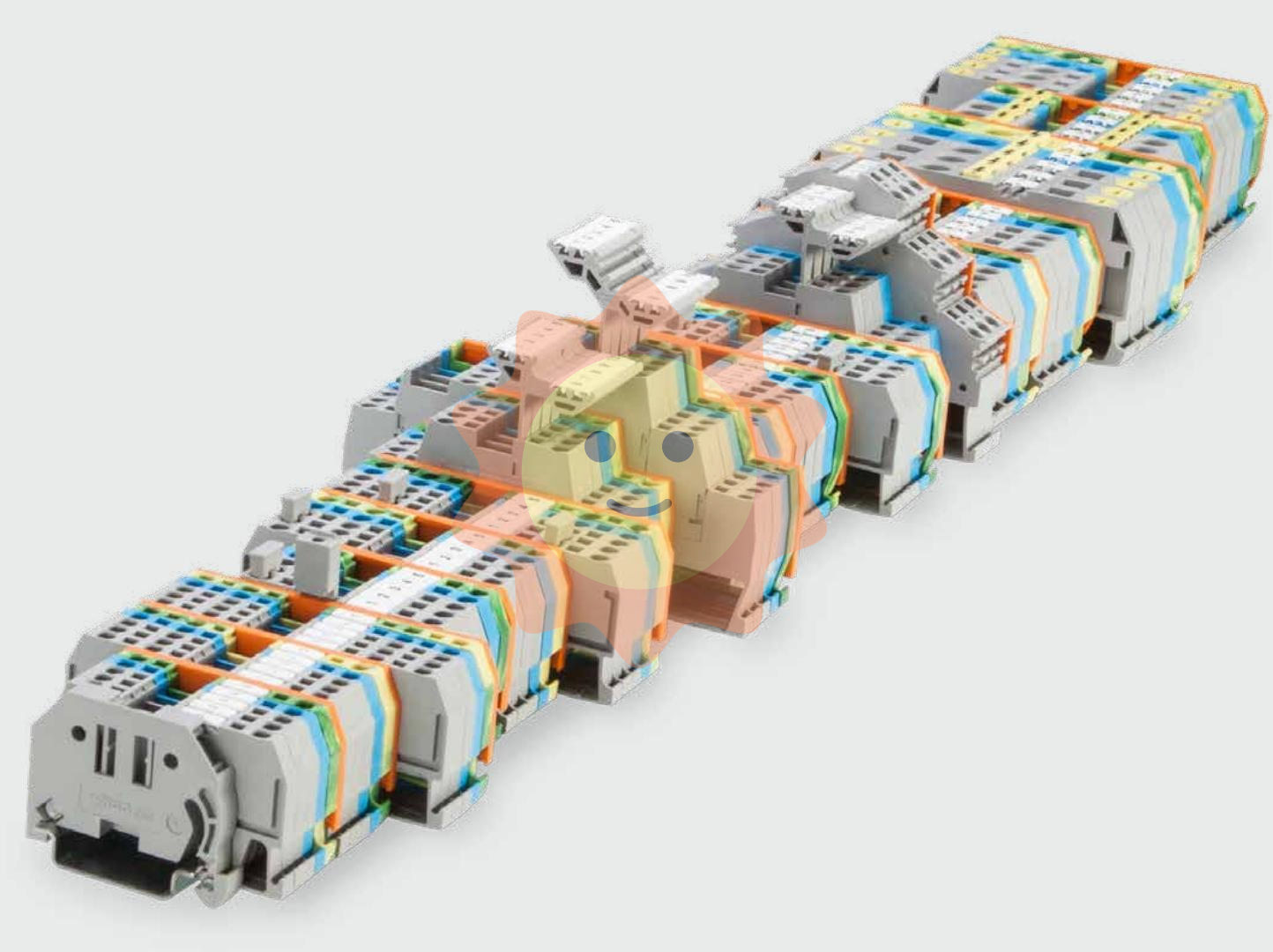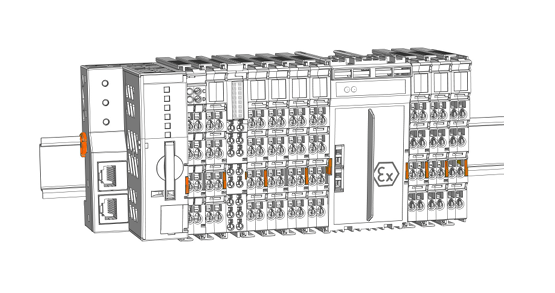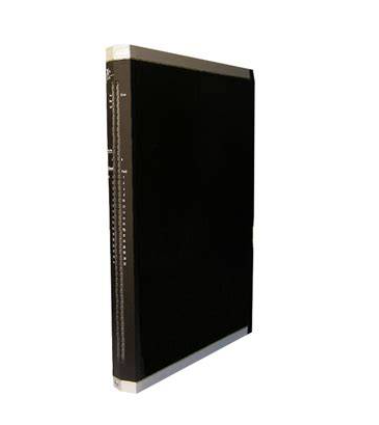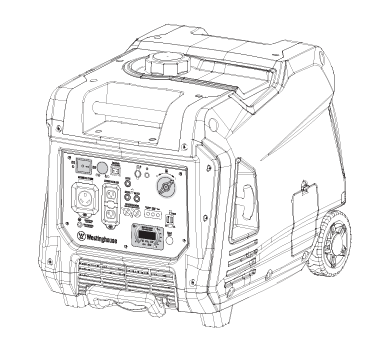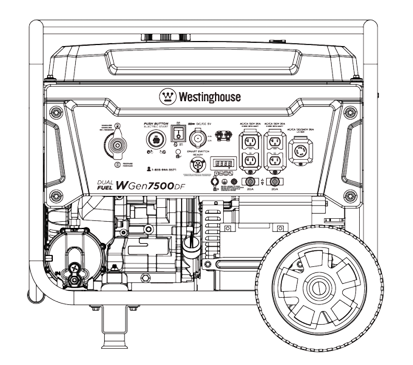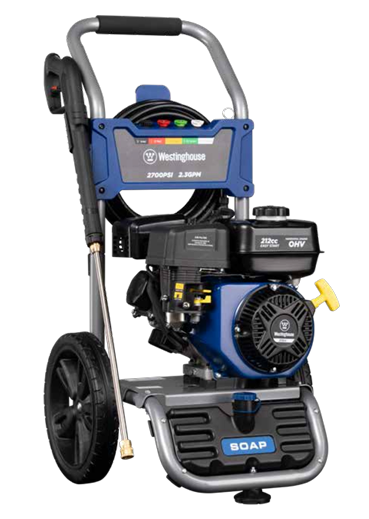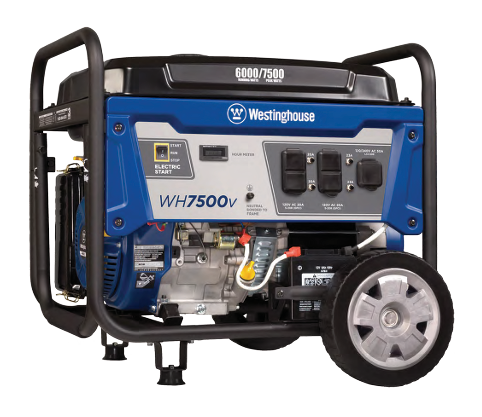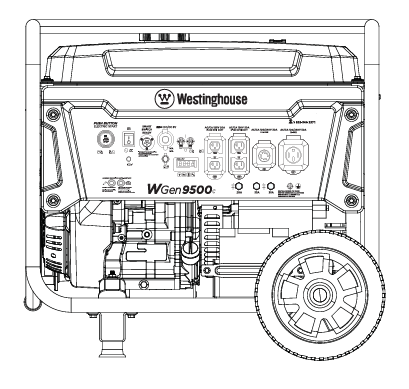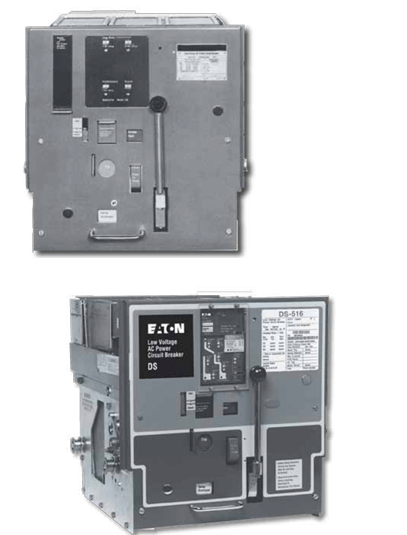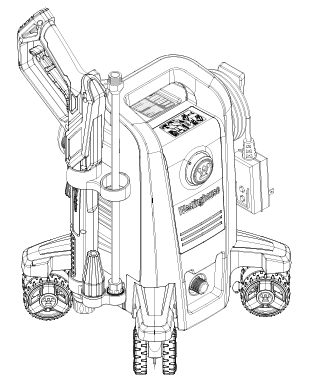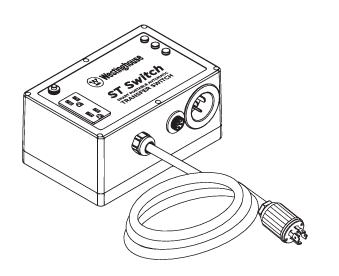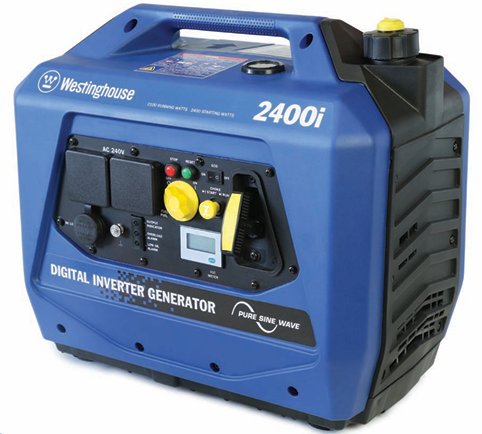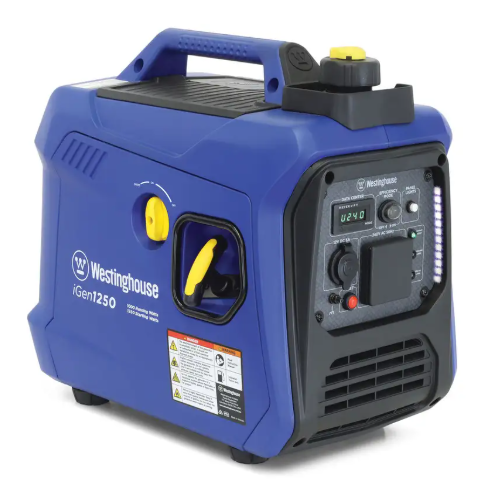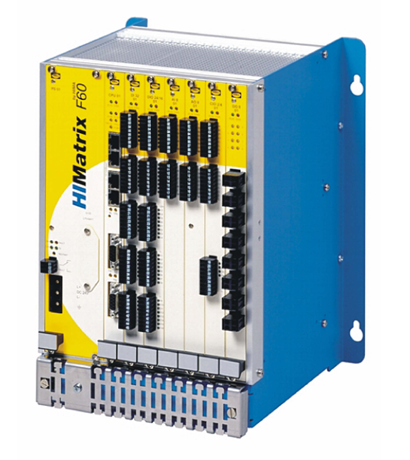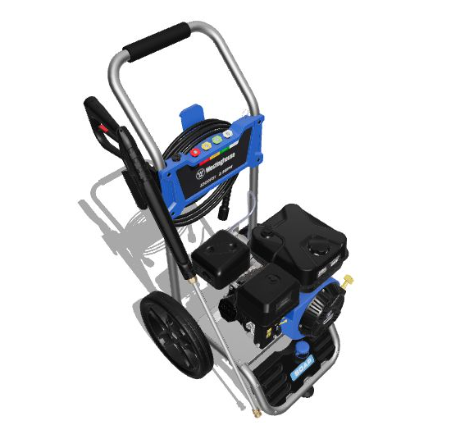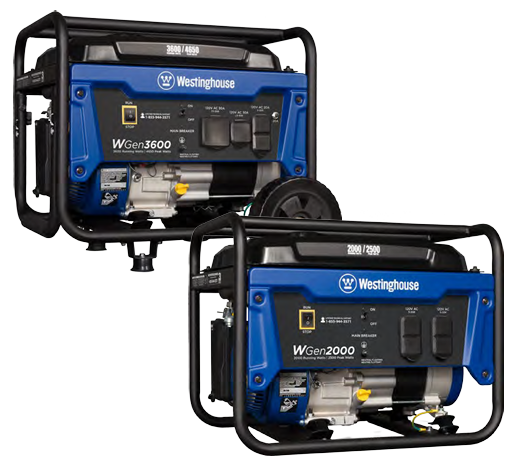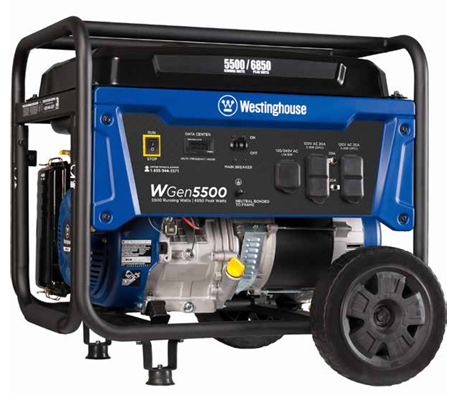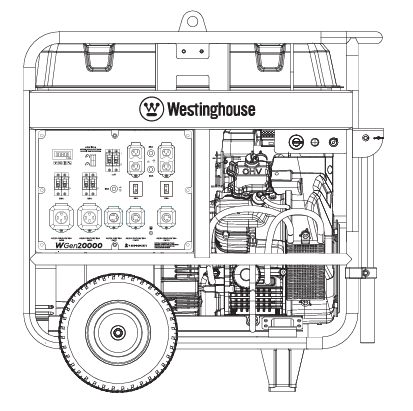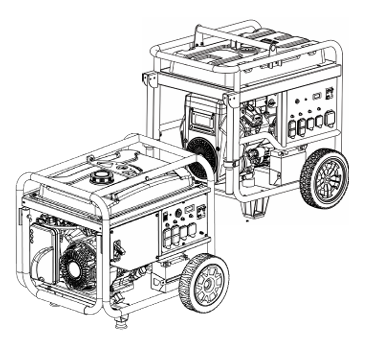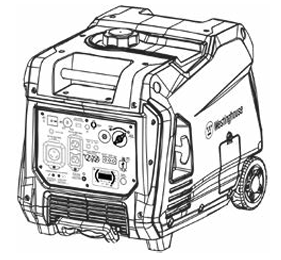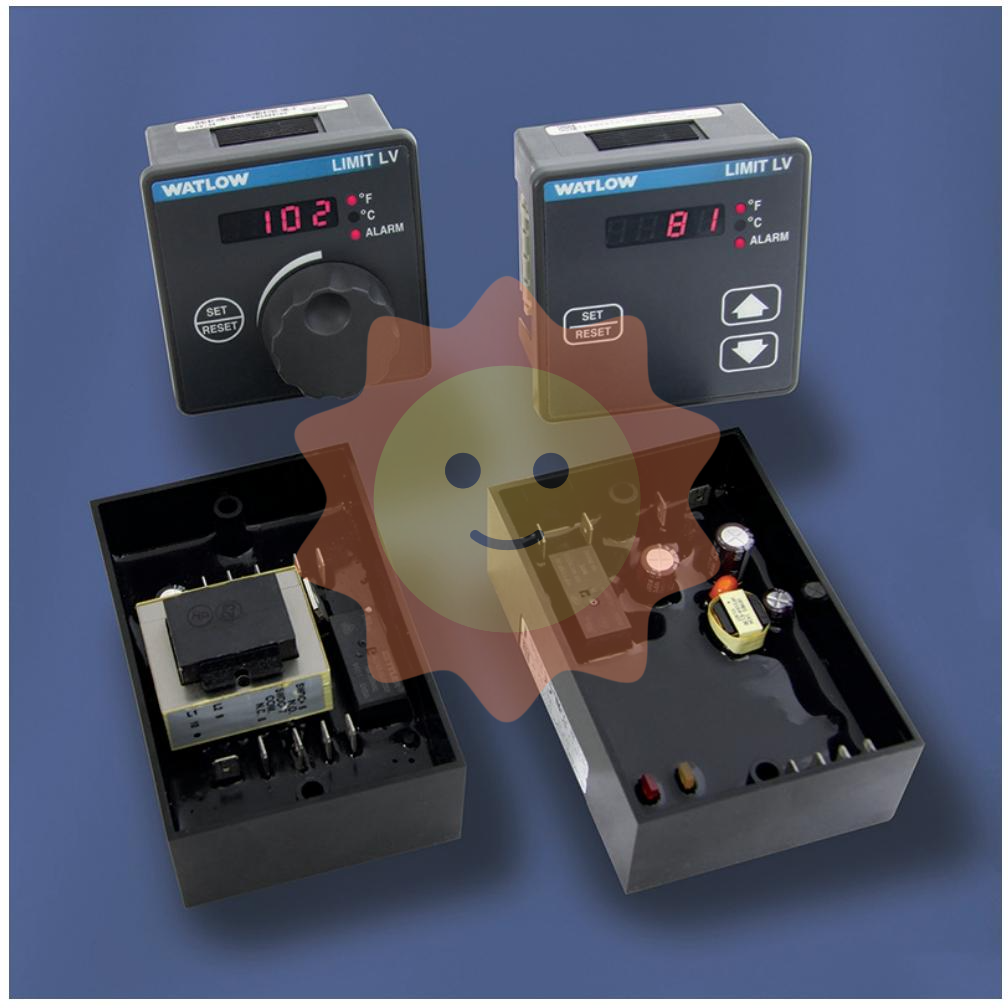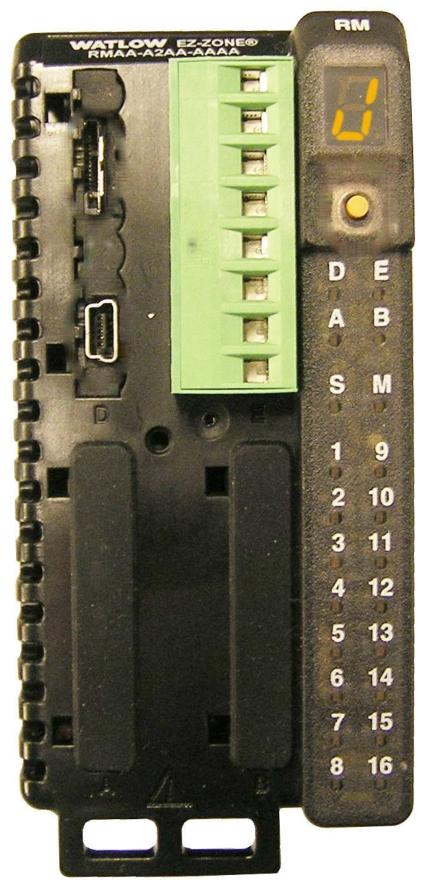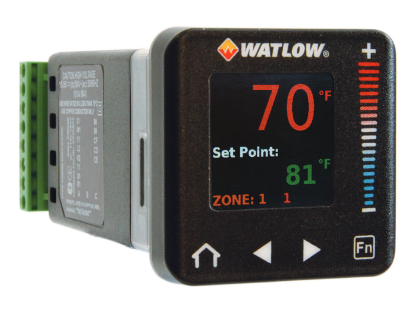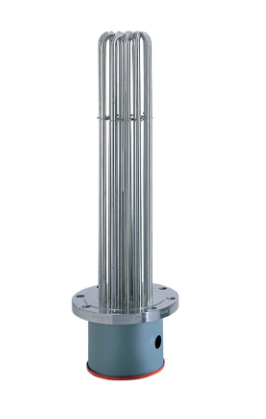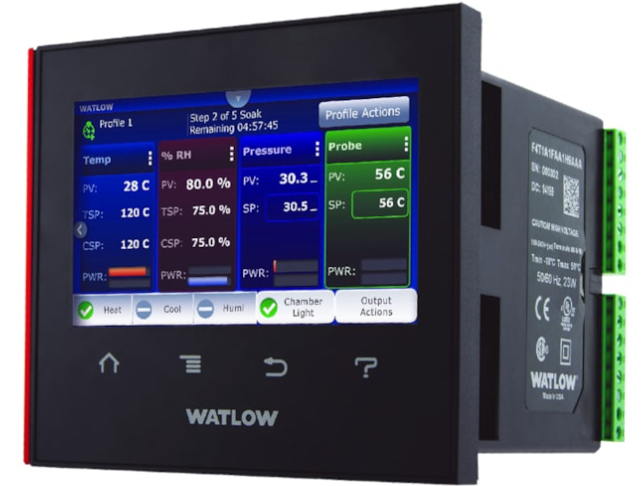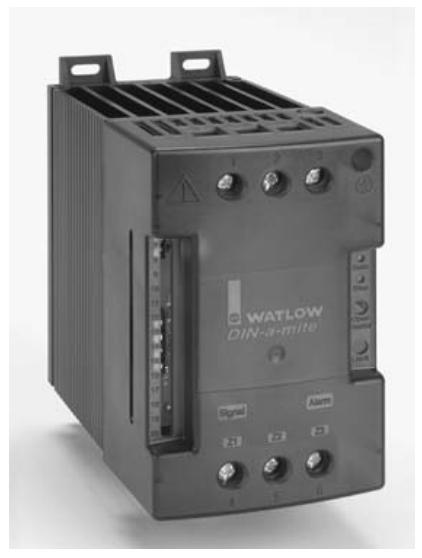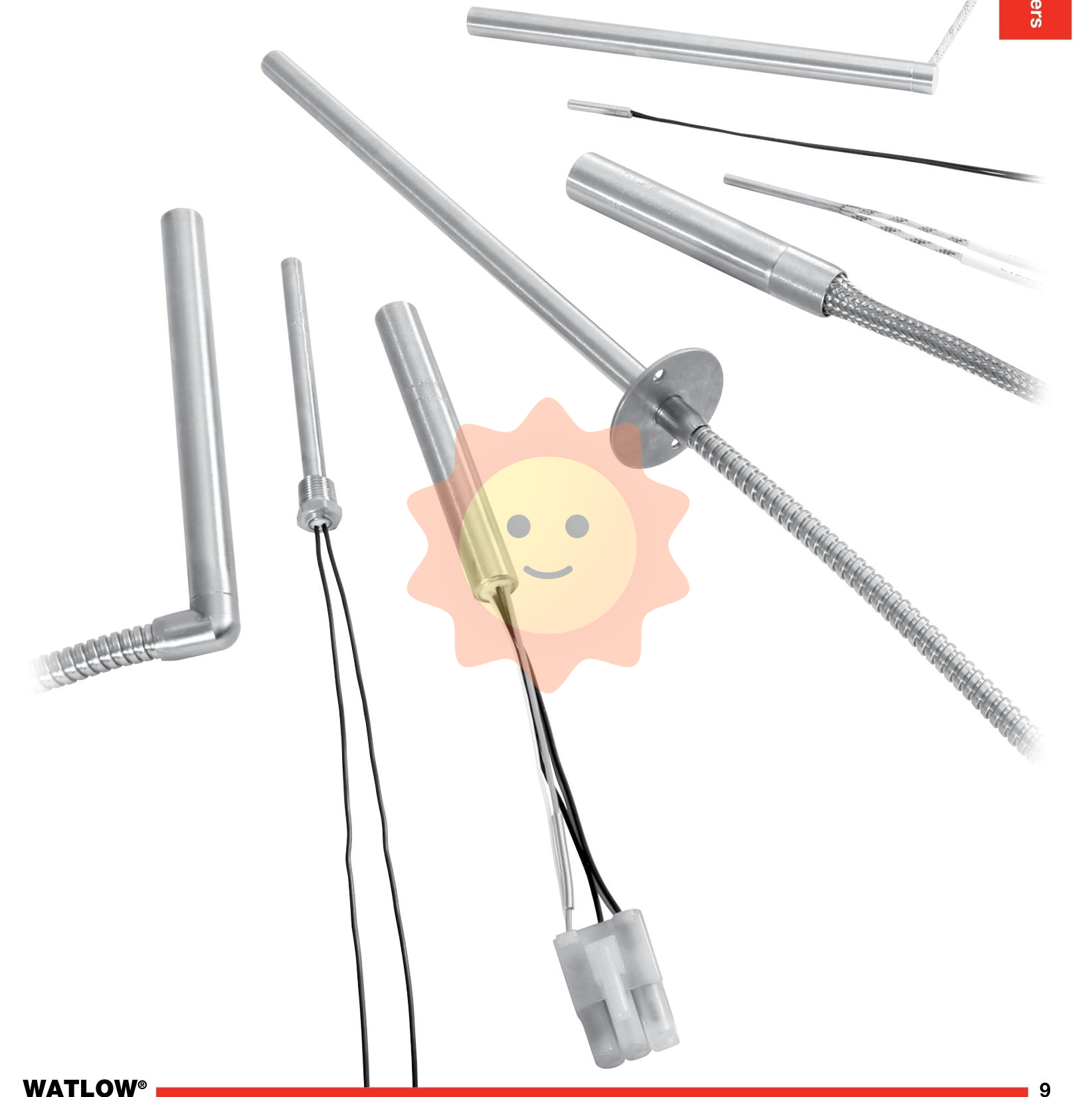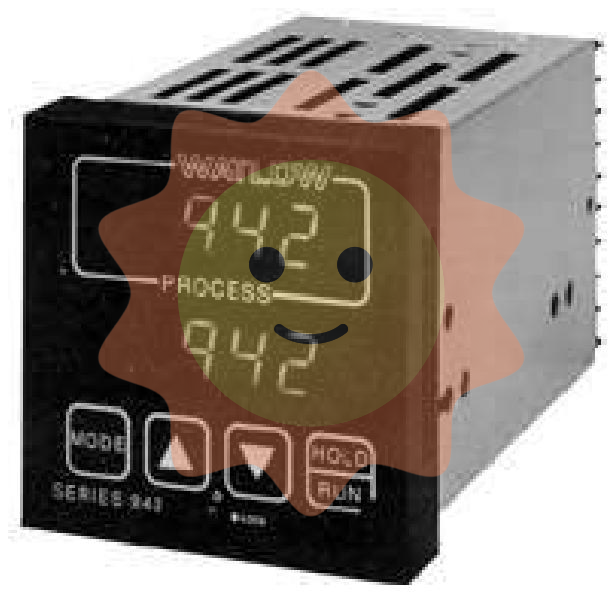GE IS220YTURS1A - IO PACK, TURBINE I/O PACK SIL
OVERVIEW
Product Definition and Features:GE IS220YTURS1A - IO PACK, TURBINE I/O PACK SIL is a combination of input/output (I/O) modules designed for turbine systems. It plays a key role in the turbine automation control system, and is mainly used to collect various input signals (such as temperature, pressure, speed, vibration, and other sensor signals) during turbine operation and transmit the processed signals to the control system. At the same time, it can also receive output commands from the control system and drive relevant actuators (e.g. valves, motors, etc.) to achieve precise control of the turbine. Furthermore, the module is Safety Integrity Level (SIL) certified, which means that it complies with specific safety standards and is able to provide reliable safety functions in critical systems.
Principle of operation
Signal acquisition process (input section)
Sensor signal access: the module has multiple input channels for connecting various types of sensors, which are located in critical parts of the turbine. For example, temperature sensors convert temperature signals into electrical signals (e.g., millivolt voltage signals or resistance change signals) by means of thermocouples or RTDs, pressure sensors convert pressure signals into current signals (e.g., 4 - 20mA) or voltage signals, rotational speed sensors output pulse signals, and vibration sensors output electrical signals related to the amplitude and frequency of vibrations.
Signal Conditioning and Conversion: When the sensor signals are connected to the module, they will first pass through the signal conditioning circuit. For weak signals, such as the millivolt signal output from the temperature sensor, it will be amplified; for signals containing noise, it will pass through the filtering circuit to remove the interference components. The analogue signals are then fed into the analogue-to-digital (A/D) converter circuit, which converts them into digital signals for processing by the microprocessor inside the module.The A/D conversion process quantises the analogue signals into digital values according to a preset resolution (e.g. 12 - 16 bit), ensuring highly accurate signal acquisition.
Signal transmission and processing (internal communication)
Data transmission to the microprocessor: The converted digital signals are transmitted to the module's microprocessor via the internal data bus. The microprocessor runs pre-programmed control algorithms and logic to analyse and process these signals. For example, it determines whether there is a risk of overheating in the turbine based on the temperature signal and calculates the actual turbine speed based on the speed signal and compares it to the set speed.
Safety Integrity Function Implementation: Thanks to its SIL certification, the module performs a number of safety functions during signal processing. This may include redundant processing of critical signals, fault detection and diagnostic algorithms. For example, for overspeed protection signals of a turbine, dual redundant acquisition and comparison algorithms may be used to quickly and reliably trigger the safety protection mechanism when an overspeed condition is detected.
Control signal output process (output section)
Receiving control instructions: the output part of the module receives control instructions from the control system, which are transmitted in the form of digital signals to the microprocessor of the module via the communication interface. The control instructions may include control valve opening, motor start/stop and speed adjustment.
Signal drive and output: the microprocessor generates the corresponding output signals according to the control instructions. For digital output signals, such as controlling the start/stop of a motor, the signals go through a digital output driver circuit, which converts the digital signals into level signals that can drive external relays or contactors. For analogue output signals, such as controlling valve opening, the digital signal will first be converted to an analogue signal by a digital-to-analogue conversion (D/A) circuit, and then go through an analogue signal conditioning circuit (including amplification, filtering, etc.), so that the analogue output signal meets the signal requirements of the external device (e.g., motorised valve actuator), thus realising precise control of the turbine actuator.
Performance features
High-precision Signal Acquisition and Processing: High-precision operation can be achieved during signal acquisition and processing, with A/D conversion accuracy of ±0.1% - ±0.5% full-scale accuracy and D/A conversion accuracy at a similar level. This makes it possible to accurately acquire and reduce a wide range of sensor signals and accurately output control signals to ensure precise control of the turbine. For example, temperature measurement can be accurate to within ±1°C and pressure control can be accurate to ±0.5% of the set pressure range.
Safety Integrity Level Compliance: SIL certification is an important advantage in critical turbine system applications. It is capable of meeting specific safety integrity requirements, effectively reducing the risk of system failure and safeguarding the safe operation of the turbine through measures such as redundant design, fault detection and safety protection mechanisms. For example, in safety-related control loops, the hardware and software are designed to ensure that in the event of a failure, the system is able to respond in a safe manner, e.g. by triggering an emergency shutdown procedure.
Multi-Channel Input/Output Functionality: Typically multiple input and output channels are available to facilitate the simultaneous acquisition of multiple turbine parameters and control of multiple actuators. The number of input channels may vary from 16 - 32 and the number of output channels may vary from 8 - 16, depending on the module type. This multi-channel design allows for the control of complex turbine systems, such as multiple cooling valves, multiple lubrication pumps, etc., at the same time.
High immunity to interference: In the industrial environment of turbines, there are various kinds of electromagnetic interference (EMI) and radio frequency interference (RFI). The module can effectively resist these interferences through good hardware design (e.g. shielded enclosure, isolation circuit) and software algorithms (e.g. signal filtering, digital signal error correction). For example, in a strong electromagnetic interference environment, it can still accurately collect and transmit signals to ensure the stability of the turbine control system.
Technical Parameters
Input parameters
Number and range of analogue input channels: There are generally 16 - 32 analogue input channels, capable of receiving a wide range of analogue signal types. For example, the voltage signal range can include - 10V - + 10V, 0 - 10V, etc., and the current signal range can include 4 - 20mA, 0 - 20mA, etc., in order to adapt to the output signals of different sensors.
Digital Input Types and Level Standards: Supports a variety of digital signal types, such as TTL (Transistor Transistor Logic) levels, CMOS (Complementary Metal Oxide Semiconductor) levels, TTL levels generally range from 2V - 5V at high levels and 0V - 0.8V at low levels; CMOS level ranges vary depending on the specific device.
Input Signal Resolution (Analogue Inputs): The analogue input channels can have a resolution of 12 - 16 bits, which allows for more accurate acquisition of analogue signals.
Output Parameters
Number and Range of Analogue Output Channels: Typically there are 8 - 16 analogue output channels, the analogue output range can be 0 - 10V voltage signals, 4 - 20mA current signals, etc., which can be used to control the operating status of external analogue devices.
Digital Output Characteristics: The digital outputs provide sufficient drive capability, with output currents in the tens of milliamps (mA) range, to ensure that external digital devices (e.g. relays, indicators, etc.) can be driven reliably. The output signal levels conform to industry standards, such as 3.3V - 5V (TTL levels) for high levels and near 0V for low levels.
Output signal update frequency (analogue outputs): The analogue outputs have a high update frequency, capable of thousands of times per second, depending on the system setup and requirements, and the high update frequency helps to achieve precise dynamic control of external devices.
Communication parameters
Supported communication protocols: When communicating with the control system, GE-specific communication protocols are supported, and may also be compatible with some industry-standard communication protocols (e.g. Modbus, etc.) to facilitate data interaction with other devices or systems.
Communication rate: In the internal system communication, the communication rate may reach about 10Mbps - 100Mbps, depending on the configuration of the system and the application scenario, to ensure the fast transmission of data between the module and the system.
Physical Parameters
Dimensions: The external dimensions are generally designed according to the installation requirements of the turbine control system, and may range from 15cm - 30cm in length, 10cm - 20cm in width, and 5cm - 10cm in thickness, so as to make it easy to be mounted in the control cabinet or in a specific location of the turbine.
Weight: Typical weight is between 1kg - 3kg, which is not overly burdensome to the installation and structure of the equipment.
Environmental parameters
Operating Temperature Range: Able to operate over a wide range of temperatures, typically from - 20°C to + 60°C, to suit different industrial site temperature conditions.
Humidity range: The relative humidity range is usually 10% - 90% (non-condensing), ensuring normal operation in different humidity environments.

- User name Member Level Quantity Specification Purchase Date
- Satisfaction :
-









Email:wang@kongjiangauto.com

